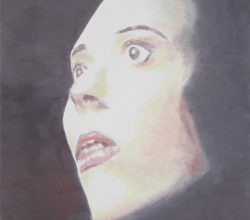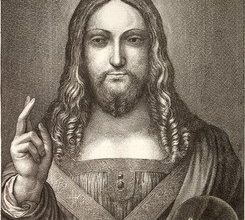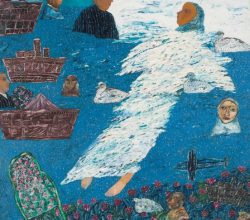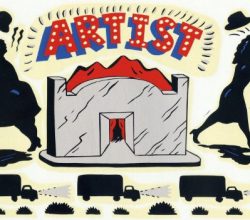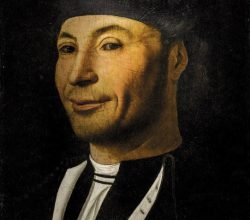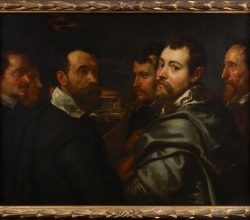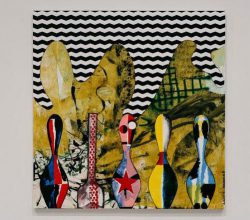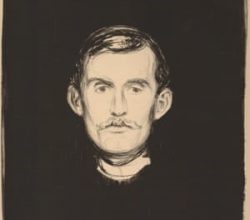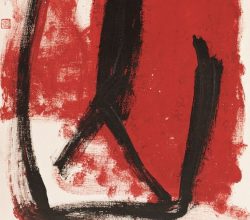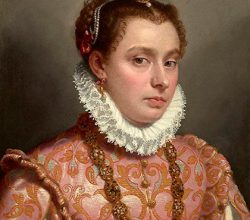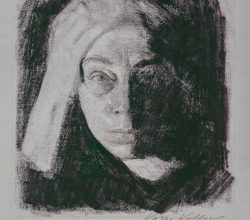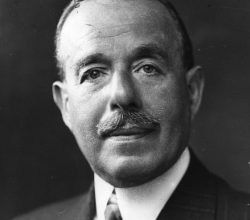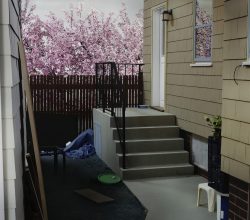
Easel Essay: The Deceptions of Thomas Demand
Morgan Meis | The-Easel | 23rd April 2019
Images were influencing popular culture long before social media. A 1970’s critic observed “our experience is governed by pictures”. The Pictures Generation soon emerged, artists using photography to explore the gap between image and “reality”. They are Thomas Demand’s antecedents.
“Demand’s paper and cardboard models do two very interesting and somewhat contradictory things at the same time. First, the making of the model detaches his final photograph even further from documenting anything in the “real world.” The second important aspect of Thomas Demand’s picture – the faithful documentation of a fabrication. So, it does tell a kind of truth. This is “re-presentation not representation.””


